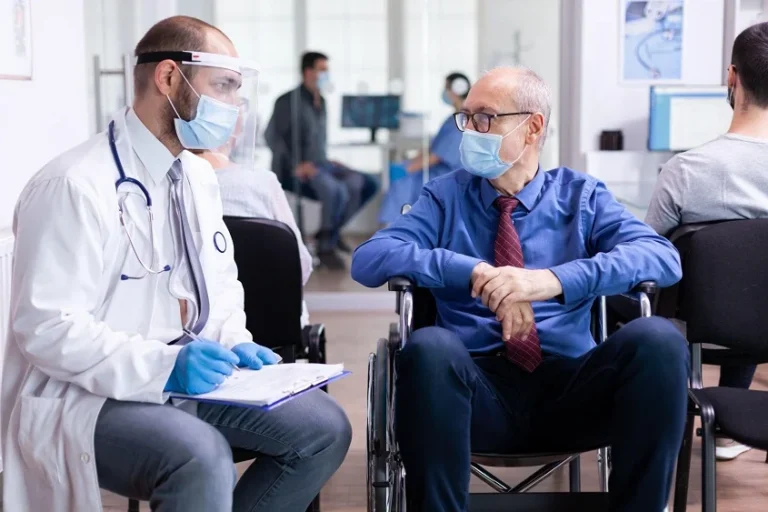Browsing: List of Diseases, Conditions & Syndromes (A-Z Index)
The page provides quick access to a list of common diseases, syndromes, health conditions, and other topics of health importance. The list is organized alphabetically. Links are provided to respective disease sections that serve as a comprehensive and ultimate guide about the disease or health condition.
A
B
Benign Prostate Enlargement Or Benign Prostatic Enlargement (BPE)
Benign Prostatic Hyperplasia (BPH)
Blood Sugar Chart/Blood Glucose Chart
C
D
E
F
G
H
I
J
K
L
M
N
O
P
R
S
T
U
V
X
How Healthcare Keynote Speakers Are Shaping the Future of Preventive Medicine
A sea change is taking place in how individuals view their health. Across America, people are finding information sources that…
Handling chronic diseases like diabetes, heart disorders, and COPD requires more than just medication; it demands a well-orchestrated approach to…
Tackling the Nurse Shortage in High-Demand Fields Like Oncology
The global healthcare system faces an escalating crisis of a severe shortage of nurses. This issue is particularly critical in…
How to Manage Chronic Conditions With Healthy Lifestyle Choices
Living with chronic conditions can be overwhelming, but choosing a healthier lifestyle can significantly impact your daily life. Simple changes…
Aging brings a unique journey of independence that can be empowering yet also a little overwhelming at times. One concern…
How Nurses Are Adapting to the Evolving Demands of Modern Healthcare
Modern healthcare is rapidly changing, driven by aging populations, emerging technologies, and increasingly complex patient needs. In response, nurses are…
Everything to Know About Building a Resilient Immune System
Have you ever thought about why some people don’t get sick often while others catch every virus going around? The…
How to Choose the Best Associate Degree in Nursing Program? 8 Best Tips
This article outlines some actionable tips that aspiring nursing students must consider before choosing an associate degree in nursing program.…
The 80/20 Rule in Health: Focusing on What Really Matters for Long-Term Wellness
Health advice can feel overwhelming—new diets, fitness trends, biohacks, and wellness products pop up every week. But long-term wellness doesn’t…
The Growing Need for Skilled Healthcare Professionals in Today’s World
The global healthcare landscape has changed drastically over the past few decades. What was once a slower-paced, hospital-centered industry is…













